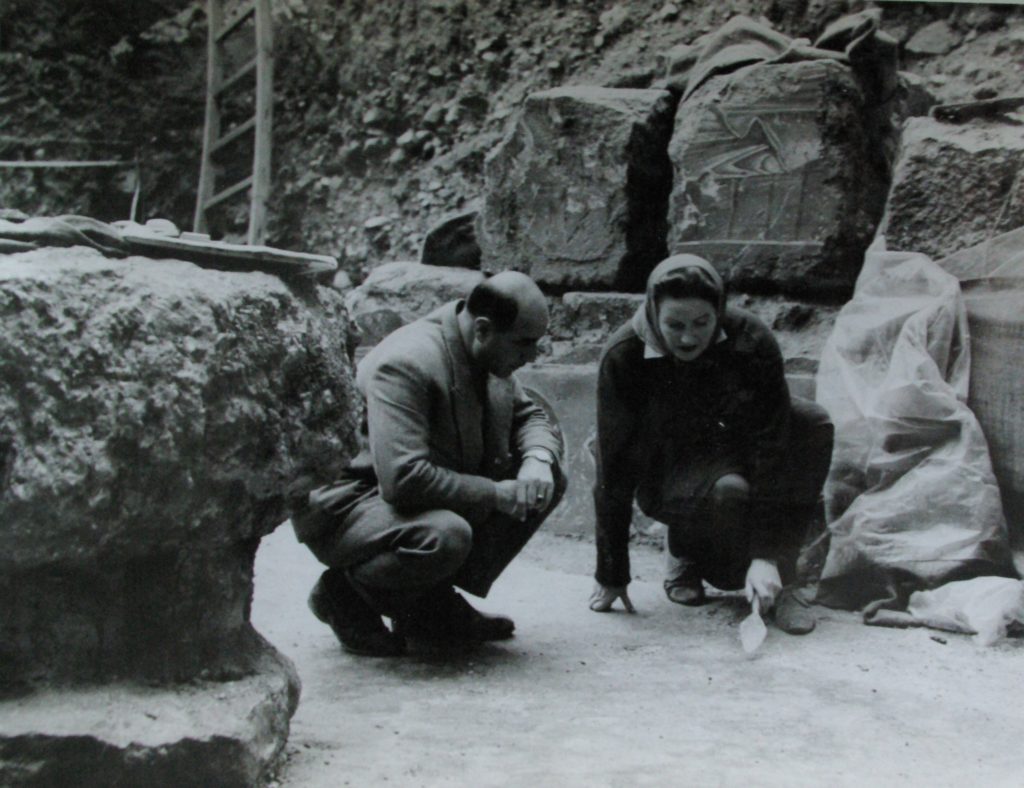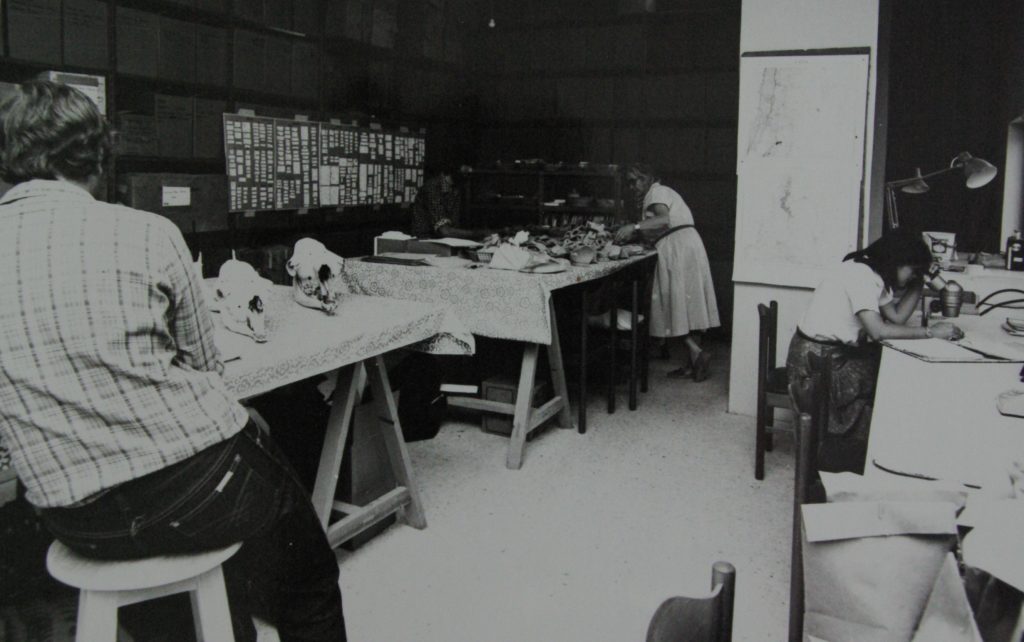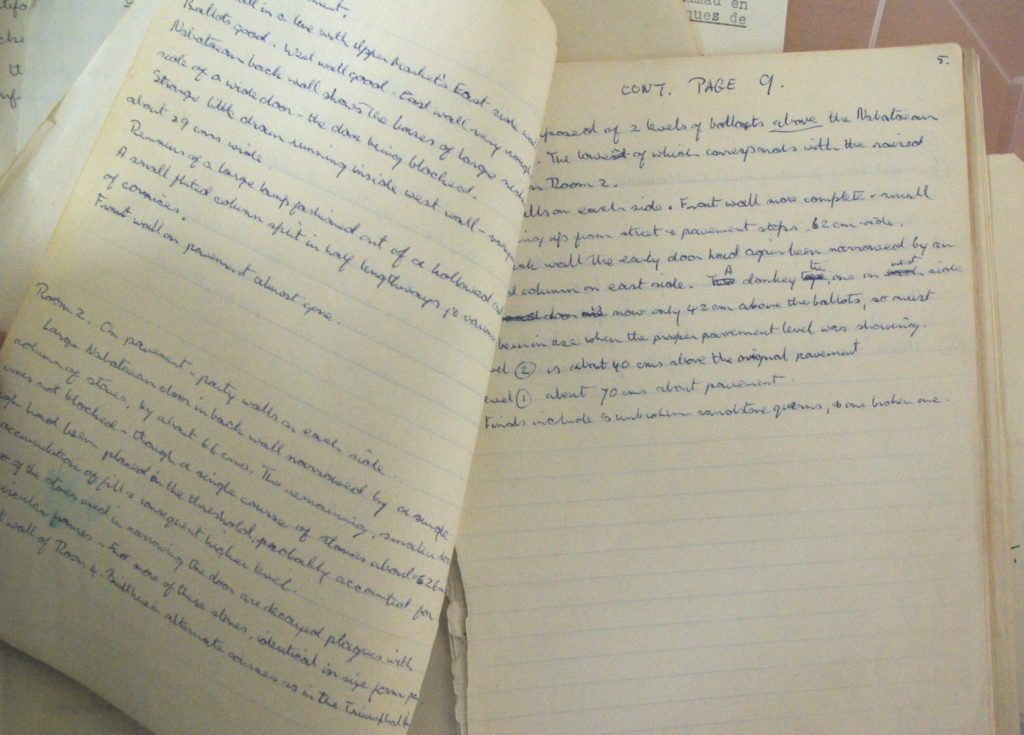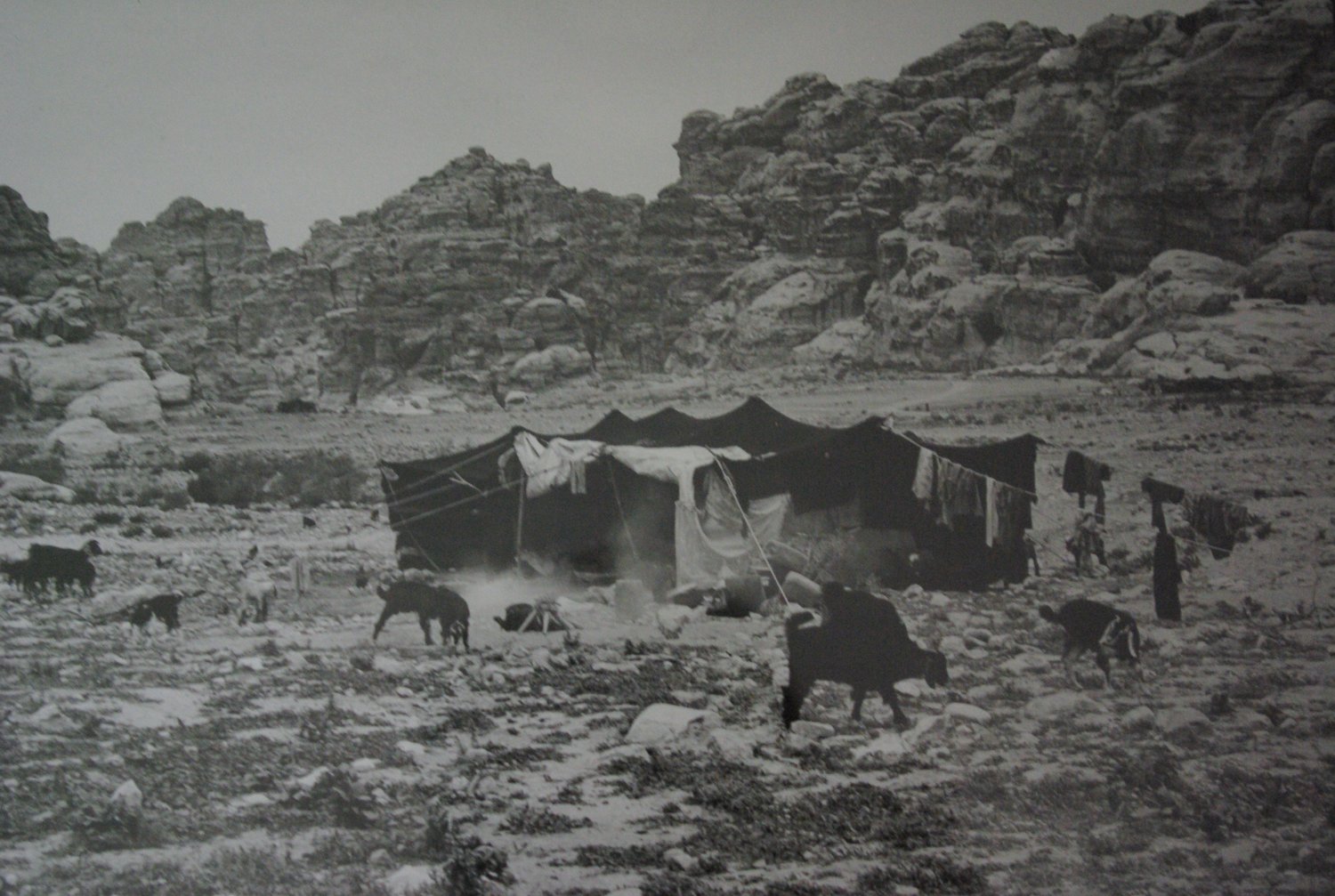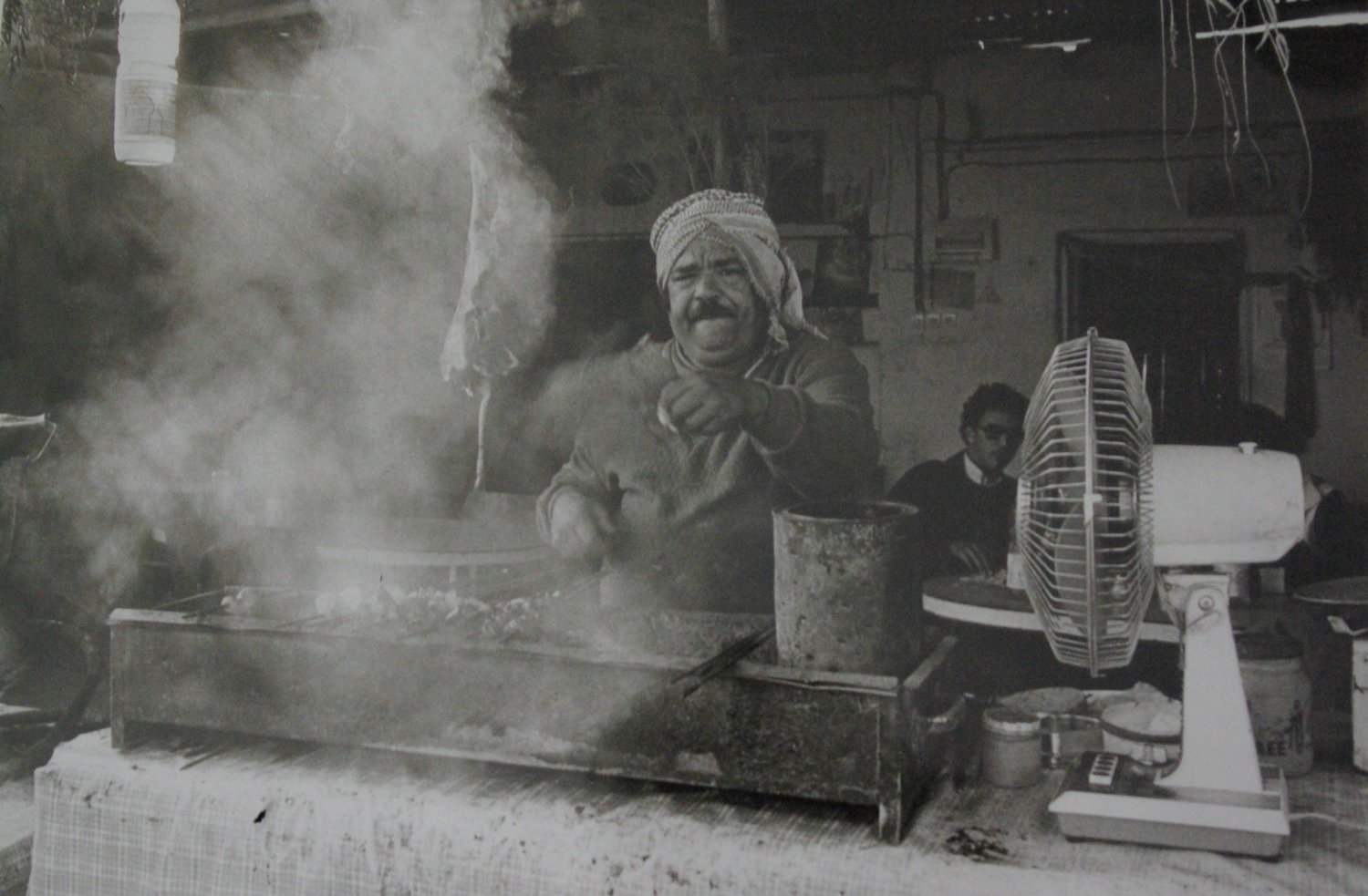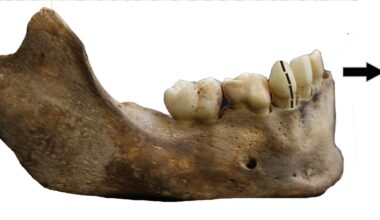by Christine Elias and the BIA team.

During Christine’s stay at the CBRL British Institute in Amman (July-December 2015) she undertook a number of projects relating to the archaeological and archival collections at the BIA. Her primary task was to undertake a review of the archaeological collections housed at the BIA and produce a detailed inventory of this material.
Since the establishment of the British Institute in Amman in 1978 it has been a repository for archaeological material produced by numerous excavations undertaken in Jordan. Many of these excavations were directed by Institute staff, while others were conducted by affiliated projects. The archaeological collections represent a range of material dating from the Epipalaeolithic to the Ottoman periods from sites located from the north to the south of Jordan. The review has produced a detailed account of the archaeological collections, the amount, type and provenance of material and is a valuable resource for moving forward with the management and disposition of these collections.
The BIA is also home to a number of archival collections, the largest being the Crystal Bennett Archive. This archive was created by Crystal Bennett, the Institute’s founder and inaugural director. The collection contains photographs, negatives and slides dating from the 1930s to the 1980s and covers a range of geographical areas and subjects. Not surprisingly there is a strong focus on Crystal’s own activities, including excavations in Jerusalem and Petra, but also her travels and explorations in the region. The collection represents a valuable record of the times and places she visited and the people she met, especially the material relating to her travels through Syria, now so badly affected by the civil war .
In addition to the Bennett Archive, two smaller archives were catalogued. The first, known as the British Institute Archive, consists of photographs and slides relating to the activities of the Institute and its staff and affiliated projects, dating from the mid-1970s up to the present. Of specific interest is a collection of photographs of the first institute, the British Institute at Amman for Archaeology and History (BIAAH). The BIAAH was located in a house overlooking the main entrance to the University of Jordan, not too far from the current Institute. The images of the building and the people who lived there and worked there gives us a peek into the what life was like in the earliest days of the Institute.
The second archive is a small collection of material relating to the archaeological expeditions organized by Diana Kirkbride. The collection consists of correspondence, notebooks, diaries, photographs and negatives, cheque book stubs, research notes, wage sheets and account books and dates from the late 1950s to 1995. By far the most interesting material is that which relates to her work at Petra and Beidha. The notebooks, diaries, wage sheets and account books give us an insight into the management of an archaeological excavation and in particular, the workmen and women she employed on her digs. Some of the people who worked with her at Beidha are still alive and fondly remember Sitt Diana.
An additional project undertaken was the cataloguing of what is now known as the British Institute Collection. This collection comprises artworks (drawings and paintings), photographs, objects (ceramics, glassware, metalwork) and furnishings (rugs, wall hangings) which have been acquired by the Institute since its establishment. This collection was created through the auspices of Institute staff and friends, those who worked on excavations, who used the library or resided within its walls. The collection contains a group of black and white photographs taken during the mid-1980s recording the lives of Jordanians in rural areas, from Petra in the south to Tabaqat Fahl (Pella) in the north. The images are a record of a time before major changes in the lives of many of these people, before the Bedul who had lived for centuries in the tombs and caves in Petra were forced to move to Umm Seyhoun and before running water and electricity had come to the village of Tabaqat Fahl. Along with the BIA Archive, the BIA Collection documents (in particular) the history of the Institute and the lives of those who have passed through its doors.
As you can see Christine was kept busy while she was at the Institute, but not so busy that it prevented her from getting better acquainted with the city of Amman, its people, its places and especially its food. Anyone for ice-cream in Rainbow Street?
Christine Elias is a registrar and archaeologist. She has worked in museum registration, collection and exhibition management for over fifteen years within artefact, fine art and archival collections. She has participated in archaeological fieldwork in Jordan and Syria and is currently working at the University of Melbourne Archives.
The views expressed by our authors on the CBRL blog are not necessarily endorsed by CBRL, but are commended as contributing to public debate.














